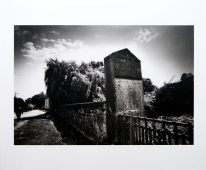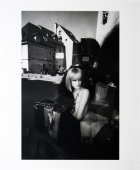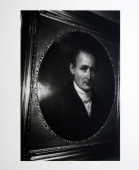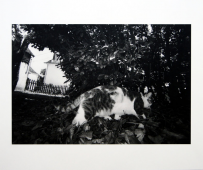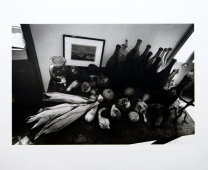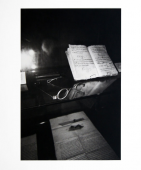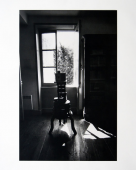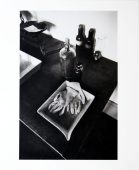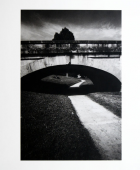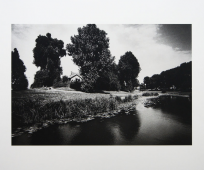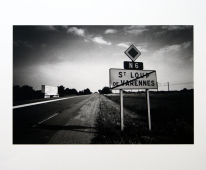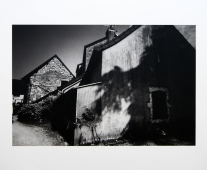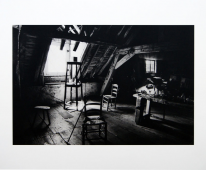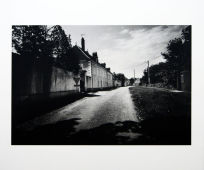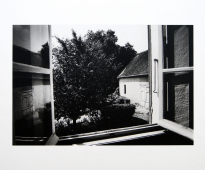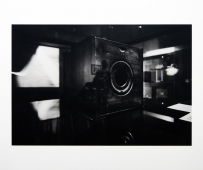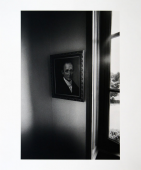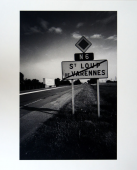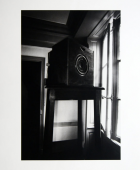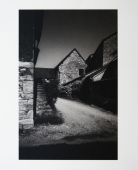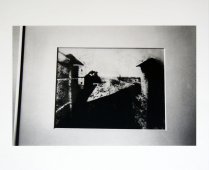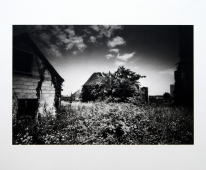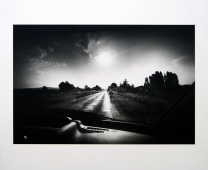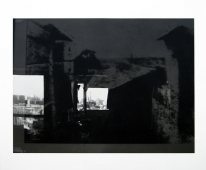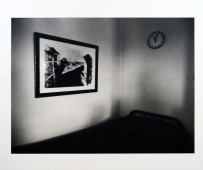Daido Moriyama
Daido Moriyama
In 2008, Daido Moriyama traveled to Saint-Loup-de-Varennes, a village close to Chalon-sur-Saône in eastern France. This is where, nearly two centuries ago, in 1827, Nicéphore Niépce made the first fixed photograph in his property known as Le Gras. The heliograph on tintype of the landscape seen from one of the windows was recorded over several hours and titled Point de vue du Gras. Saint-Loup-de-Varennes is the birthplace of photography, and the inspiration for Daido Moriyama's work.
In 1990, the Japanese photographer had already published Lettre à St. Loup, homage to the village where photography originated and to its inventor. The book contains many images that have become iconic. To this day, Daido Moriyama is haunted by the original image. In his Tokyo room, he observes a large-scale reproduction of Nicéphore Niépce's accomplishment daily. "This photograph is a gentle, everyday reminder that we should not forget the origin and essence of photography, nor the existence of shadow and light", Daido Moriyama wrote in View from the Laboratory (published by Kawade Shobo Shinsha, Tokyo).Read more
When he finally made it to Saint-Loup-de-Varennes, he stood in front of the window from which the picture he worshipped was taken. "As soon as I found myself in front of that landscape, the shadows and lights visible in the iconic photograph began to take over the scene that was in front of me. Suddenly, I felt as if I was seeing through Niépce's eyes." Daido Moriyama spoke of this trip in time in the prints which, for the first time in his career, he created using platinum prints, an ancient printing technique.
Idolized throughout the world for his straightforward and spontaneous images, Daido Moriyama reveals in View from the Laboratory an intimate analysis of one of his foremost artistic reference as he visited his workshop, home and village. Born in Japan in 1938, member of the Provoke movement, author of nearly 200 books, Daido Moriyama’s work has been focused on memory. Since the mid-sixties, he has wandered the streets in search of images from another time, another place, as if he possessed memories of bygone eras.





